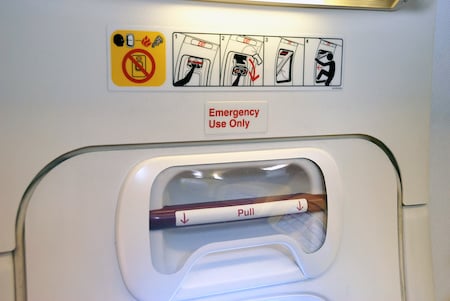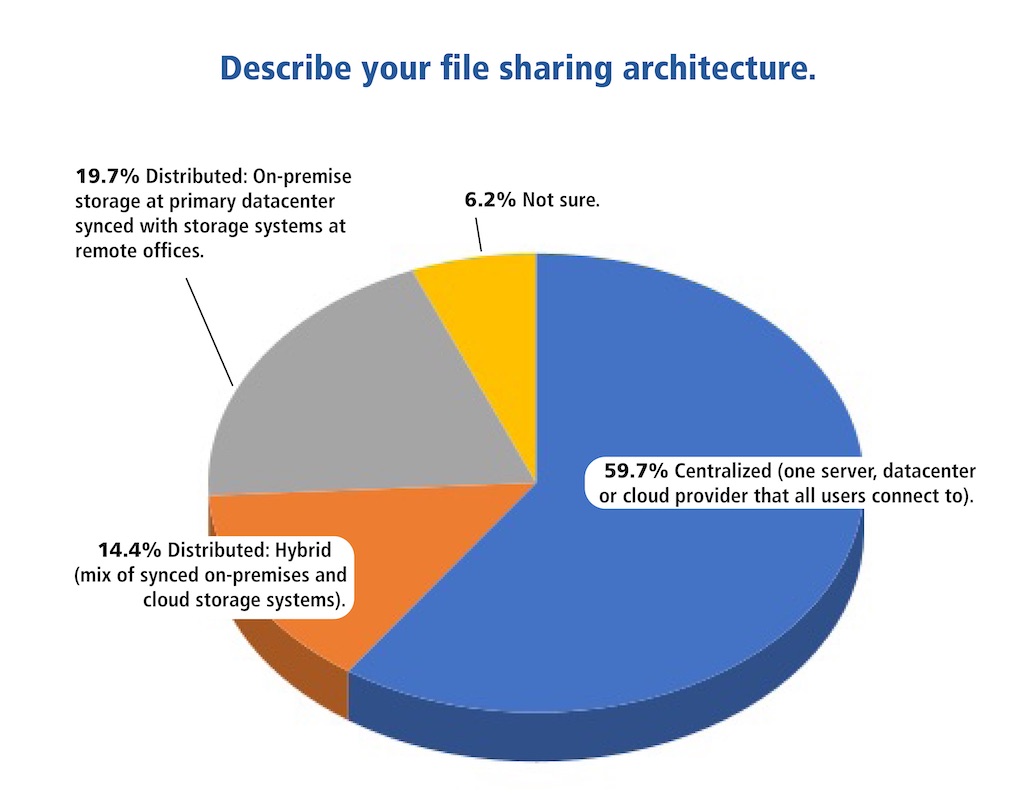We’ve all experienced a safety talk when waiting for our plane to take off, right? Despite the information you ignore — I mean who doesn’t know how to buckle a seat belt — there is one critical piece of advice in that speech where they tell you to, “locate the nearest exit in case of an emergency evacuation,” that always catches my attention.
If we think of our CAD software as the aircraft that our data flies in, then doesn’t it stand to reason that we may need an emergency data evacuation from our CAD software? And, in that case, wouldn’t knowing your exit strategy be a great thing to plan in advance? In this edition of the CAD Manager’s Newsletter, we’ll lead you through a self-assessment so you can plan your exit just in case something bad were to happen. Here goes.

Image source: robepco/stock.adobe.com.
You Could Get Stuck
You sit down to work and log into your cloud-based CAD tool at the software vendor’s server, perform some edits, then save your proprietary CAD file to a cloud-based server. So far so good, right? But, let’s now ask yourself the following questions: If the software vendor’s web site is down, how can I log in to make edits? If the cloud-based server is offline, can I retrieve my files? And, if the software vendor went out of business, can I access my drawings again? And, finally, what if the software vendor made a big change in license terms or prices that causes me to reconsider continuing to subscribe to their software — would I have any options given the proprietary data formats and system architecture?
I know that for many companies, the decisions about CAD software platforms have already been made and the software purchased, so the company may already be “stuck.” But, before you consider any new technology platform — or blindly continue with your current platforms — you must understand your risk profiles. As CAD manager, it is important for you to understand these risks so your company is aware of them.
Assessing Exit Risk — Data Format and Access
At the end of the day, the only thing any of us produce is data. Be it CAD data, a spreadsheet, word processing, or survey instrument data, the data we create as we do our jobs is the electronic representation of our intellectual property. As such, you need to have a clear understanding of where your data is located, how portable it is, and how you can access it, if need be. Here are some diagnostic questions and points you can assign that will allow you to understand your company’s risk profile. Answer honestly:
-
Is your CAD data in easy to access formats, like DWG, IFC, STEP, etc.? (If yes, score 0 points; if no, score 2 points; if you have a mix of formats, score 1 point).
-
Is your CAD data stored locally or on a data server that you control rather than at the software vendor’s server? (If yes, score 0 points; if no, score 2 points; if you have a mix of storage locations, score 1 point).
-
Can your CAD software run on a local machine or is it hosted at a vendor’s web site? (If local access works, score 0 points; if all software is on vendor web site, score 2 points; if you have a mix of software tools, score 1 point).
-
If your software vendor’s web site or licensing site goes down, can you keep working? (If yes, score 0 points; if no, score 2 points).
-
Can any cloud CAD data you have be easily backed up to a local machine? (If yes, score 0 points; if no, score 2 points; if backing up is a tedious and time-consuming task, score 1 point).
Now add up your point totals to see what your exit risk score is. Your number will be somewhere in the range of 0 to 10 points which will allow us to draw some conclusions.
Various Scenarios
Based on how you answered the questions above, we can now draw conclusions about your company’s risk profile as follows:
Very Low Risk: 0 to 2 points. This company has little to no restrictions placed on their data formats and access parameters. Open data formats and no stringent cloud architecture requirements give this company excellent flexibility should they need to exit their current CAD software platforms.
Tolerable Risk: 3 to 4 points. This company may have a single platform or data format that will be difficult to exit from but on the whole still has decent flexibility should a CAD platform exit be required. Unlike the Very Low Risk company though, advanced planning will likely be required to address specific risks.
Elevated Risk: 5 to 6 points. There is real cause for concern at this company. Restrictive data formats and dependence on a vendor’s cloud software architecture mean that exiting existing software platforms will be very difficult and require substantial thought and research to determine how the exit could be done. While not yet Trapped (see the next profile) this company is dangerously close to being dependent on their software vendor.
Trapped: 7 to 10 points. This company is so reliant on the data formats and cloud platforms they’ve licensed from their software vendor, that it is almost impossible for them to exit without a complete reboot of their CAD systems.
Note: I’ve attended meetings with software sales representatives where the term trapped has been used to describe customers.
The Elevated Risk and Trapped Scenarios
Ask yourself how much control your company will have over its data and systems if you allow yourself to become trapped? Certain issues should be considered with your management teams including the following:
What stops price gouging? If you are trapped by your software vendor, what stops them from raising the prices other than a multiyear contract that only makes your company more trapped?
What stops license terms revisions? It isn’t only per license pricing that escalates costs, it is also changes in license terms. Consider changes from concurrent/pooled licensing methods to named user licensing methods as an example.
What guarantees ongoing product development? If your company is trapped in a certain data format or cloud environment, what incentive does the software company have to improve the product? After all, they’ve got your money and you can’t really leave, so why wouldn’t the software company just keep taking the money for the product as it is?
What guarantees product continuation? I’ve been in the industry long enough to see many products discontinued and the customers who had their data stored in those proprietary tools were left holding the bag. If your data is in a proprietary format, you’re at extreme risk for eventual abandonment.
Summing Up
Given the grave consequences of becoming trapped by your current software systems it seems that — just like the safety briefing on the plane says — knowing your exit strategy is a must. But how can a company, especially one in an Elevated Risk or Trapped scenario, begin to create an exit plan? That will be the topic of conversation in the next edition of The CAD Manager’s Newsletter. Until then.

Robert Green
Robert Green performs CAD programming, standardization, and consulting services globally. He is the author of Expert CAD Management: The Complete Guide. Reach him via his website (greenconsulting.com/).
View All Articles




Share This Post